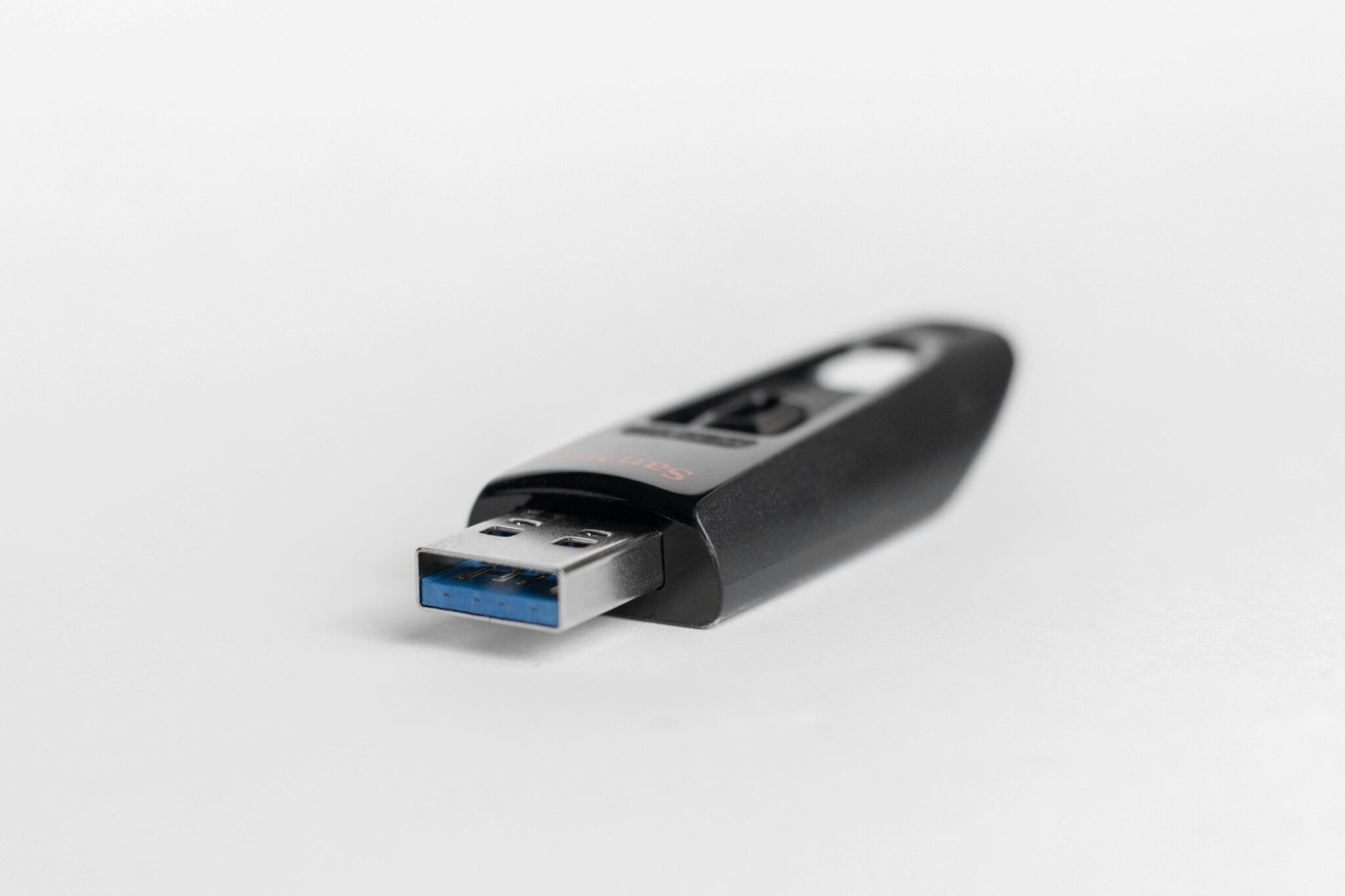
A, B, and C – A Guide to USB
Posted on October 1, 2024
The universal in USB is not for show – it has truly become a universal standard of connection for digital devices. And like any standard, its specifications have evolved with time, both in terms of performance and hardware type.
Here is an overview.
USB Versions VS Form Factors
There is a lot of confusion around USB terminology because both numbers and alphabets are used to denote types of USB. Let’s clarify the difference.
The numbered versions denote the generations of the USB standard itself. This relates to the efficiency of the data transfer protocol used and usually translates to increased speeds with every new generation.
The alphabets, on the other hand, mark the form factor of the USB ports. which changes the shape and type of the sockets used. The form factor in itself does not boost performance but decides the compatibility of the devices and cables.
The Evolution of USB Form Factors
Since every new form factor requires drastic changes in the hardware from the manufacturer’s end, form factors don’t change as frequently as communication protocols. At the same time, the changing nature of electronic devices and their new needs means that new form factors are needed every few years.
The first, and probably still the most widespread, is USB-A, or the standard USB slot you will find on most PCs. Its smaller version, the Micro USB-A, is seen on most phones, headphones, speakers, and similar small devices.
USB-B is less prevalent but is often used to connect peripheral devices like printers to a computer. It too has its Mini and Micro versions for portable devices, which are even more uncommon.
The latest form factor, USB-C, is a bit different. It does not have multiple variants with different sizes like the prior form factors but has one standard size and shape meant to be supported on both portable devices like mobile phones as well as desktop computers. There are other differences too, but more on that in the next section.
USB-C: Truly Universal
Prior to USB-C, the standard struggled with accommodating the differing needs of various devices. Apart from the differences in size, there is a difference in the requirements of different applications as well.
These differences ended up being accommodated by a variety of ports, from Apple’s Lightning standard, the DisplayPort technology, as well as the pioneering Thunderbolt interface. This needlessly complicated compatibility, requiring devices to sport multiple types of ports and for consumers to get multiple cables as well.
USB-C is the USB standard’s solution to this problem. It is a single form factor that unites all these diverse use cases, being capable of being used by virtually any electronic device, both for data transfer as well as DisplayPort or PCI-E connections. It can even supply power much better than the earlier form factors, which is why most chargers are switching to USB-C cables as well.
What About Speed?
We have discussed how the practical performance of a USB connection depends on the numbered version of the USB it is using, not the form factor. That being said, the form factor does decide which versions can be supported.
The old-school USB-A form factor, for example, supports only USB 2.0 or 3.1. For the latest USB 4.0 technology or even USB-3.2, you need a USB-C port.
This is because the USB-C allows for a two-lane operation to transfer twice as much data as before, apart from offering greater bandwidth for every single lane as well. USB 4 takes this even further, using the ThunderBolt 3 protocol to offer greater transfer speeds.
It also enables “tunneling”, letting the same connection establish multiple virtual connections. These virtual connections don’t have to be USB either – other communication protocols like DisplayPort, Ethernet, or PCI-E can also be used this way.
As a result, the USB-C form factor ends up miles ahead of its earlier form factors in terms of performance and flexibility. It combines a bunch of different standards while also improving upon USB itself, making it clear why it is being adopted by almost every new device by every manufacturer.
So Are the Earlier Form Factors Irrelevant Now?
The way industrial computers work, you can expect to be using a system you invested in for the next few years, sometimes even a decade. This means embedded computers are the slowest segment to phase out aging technology, and this holds true for USB as well.
Most of the systems already deployed have USB-A ports, so expect them to be used for a while. Even now, new systems outfitted with USB 4 capable USB-C ports are rare, and usually toward the top end of the market.
That being said, the benefits of upgrading to the newer form factor are sizable, so it is a good idea to ensure that any new systems you buy in the future are equipped with USB-C ports.
